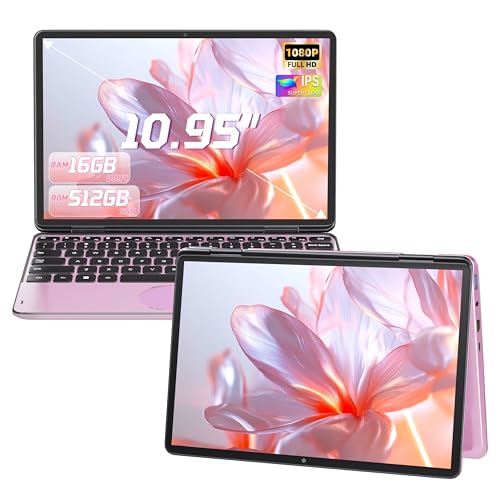Understanding the Flexibility of Touchscreen Notebooks
The Appeal of Touchscreen Functionality
Touchscreen notebooks combine the advantages of traditional laptops with the intuitive ease of touchscreens. Imagine being able to swipe, pinch, and tap directly on your screen rather than relying solely on a mouse or trackpad. This capability makes navigation seamless, and tasks like browsing the web, sketching, or making notes feel more natural. If you’re someone who prefers a more interactive experience while using your device, a touchscreen notebook might be an excellent fit for your lifestyle.
Versatile Use Cases
Consider this scenario: You’re in a meeting and want to make a quick note or sketch an idea. With a touchscreen notebook, you can directly write on the screen. Whether it’s a quick diagram or annotating documents, the touch capability allows for easy modifications without the need for separate tools. Additionally, when watching movies or presentations, you can use your device as a tablet, laying it flat or in a tent mode, making it more enjoyable compared to a standard laptop.
Key Features to Consider Before Buying
Screen Size and Resolution
When selecting a touchscreen notebook, screen size is pivotal. If you’re often on the go, a 13 to 14-inch display strikes a balance between portability and usability. However, if you plan extensive media consumption or creative work, consider larger models like 15 to 17 inches. Keep an eye on the resolution as well; a higher resolution means sharper images and would be beneficial if you work with graphics or enjoy binge-watching shows.
Processing Power and RAM
Let’s envision your daily tasks: if you’re into browsing, streaming, and editing documents, a decent processor like an Intel Core i5 or AMD Ryzen 5 would serve you well. Paired with at least 8GB of RAM, this will ensure smooth multitasking without annoying slowdowns. However, for more intensive tasks like gaming or video editing, upgrading to an Intel Core i7 or Ryzen 7 would help meet your demands.
Battery Life and Weight
If your lifestyle involves frequent travel or working remotely, battery life and weight become crucial. Aim for a notebook that offers at least 8 hours of battery life to avoid all-day charging. As for weight, 1.5 to 2.5 kg is generally manageable for carrying around without placing too much strain on your back.
Comparing Popular Touchscreen Notebook Models
Diverse Options Available
Let’s compare a couple of popular models. The Microsoft Surface Laptop offers excellent portability, a fantastic touchscreen experience, and is renowned for its sleek design. On the flip side, the Lenovo Yoga series excels in versatility with its 2-in-1 feature, which lets you rotate the screen for various uses. These models demonstrate the range available in touchscreen notebooks, catering to different preferences and needs.
Operating System Considerations
The choice of operating system significantly impacts your experience. Windows is a flexible choice for most users due to its robust application support. macOS, available on Apple’s notebooks, is ideal for those heavily invested in the Apple ecosystem. If you’re looking at Chromebooks, they typically offer a more lightweight option with a focus on internet-based applications.
Maximising Your Notebook’s Potential: Tips and Tricks
Customising Touchscreen Settings
Once you have your new touchscreen notebook, take the time to personalise your settings. Adjusting touch sensitivity and enabling gestures can drastically improve your experience. For instance, using swipes to quickly flip between applications can make everyday tasks more efficient.
Software and Applications to Consider
Downloading apps specifically designed for touchscreen interaction can enhance productivity. Look into note-taking applications like Microsoft OneNote or creative drawing tools like Autodesk SketchBook. They’ll leverage your touchscreen capabilities and open up new ways to interact with your device.
Budgeting for Your Touchscreen Notebook: What to Expect
Understanding Price Ranges
Touchscreen notebooks vary widely in price, largely depending on features and brand reputation. You might encounter entry-level models starting around £400, which are sufficient for basic tasks. Move up the range, and you’ll find mid-range models between £700 to £1,200, perfect for most users needing good performance and build quality. High-end devices can exceed £1,500, offering premium features and performance ideal for creative professionals or avid gamers.
Factoring in Additional Costs
When budgeting, remember to account for potential add-ons. Accessories like stylus pens, protective cases, and extended warranties can enhance your experience but will add to your total cost. Also, consider software subscriptions, particularly if you plan on using professional applications.




















